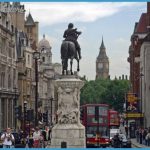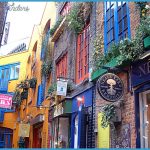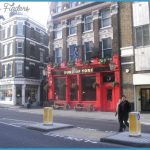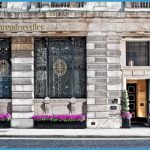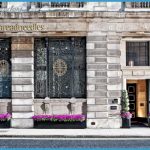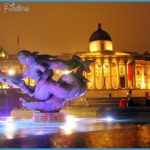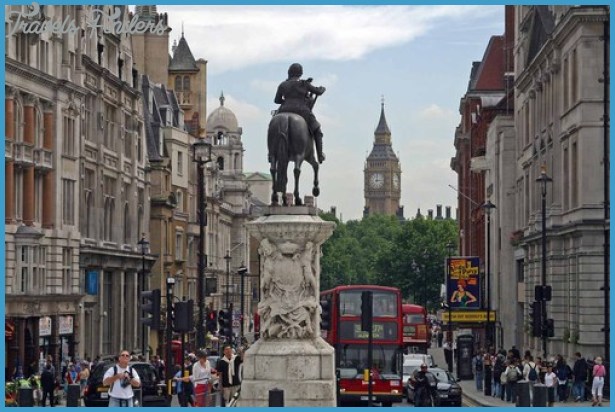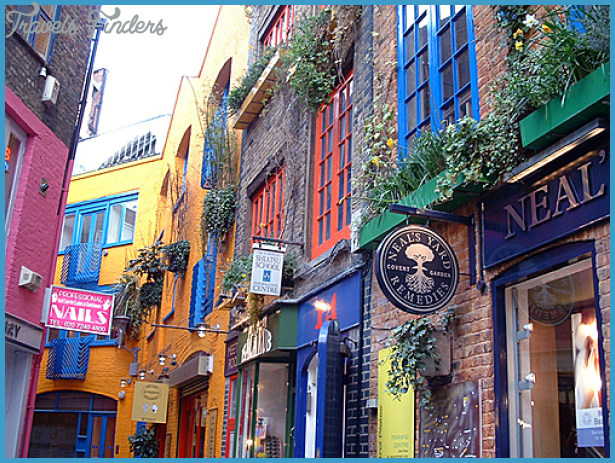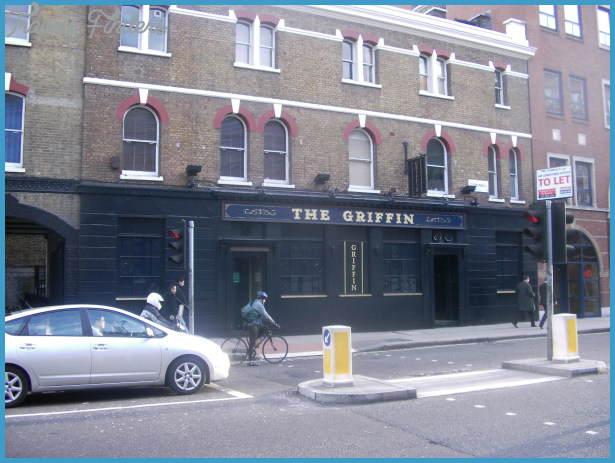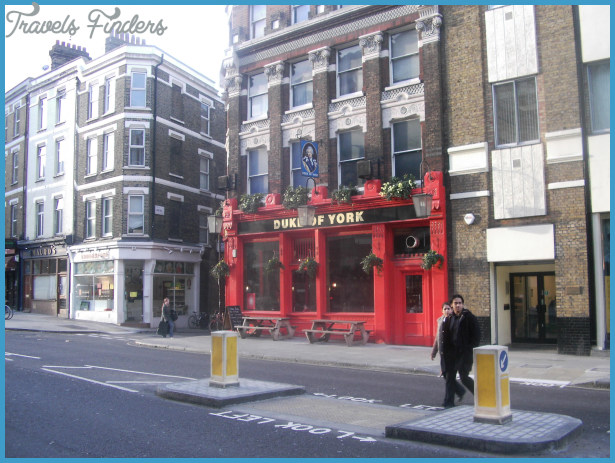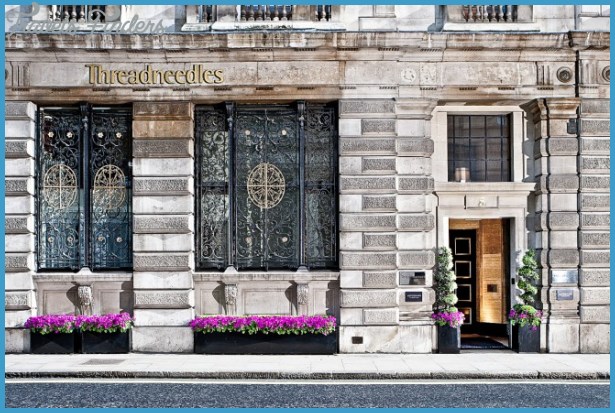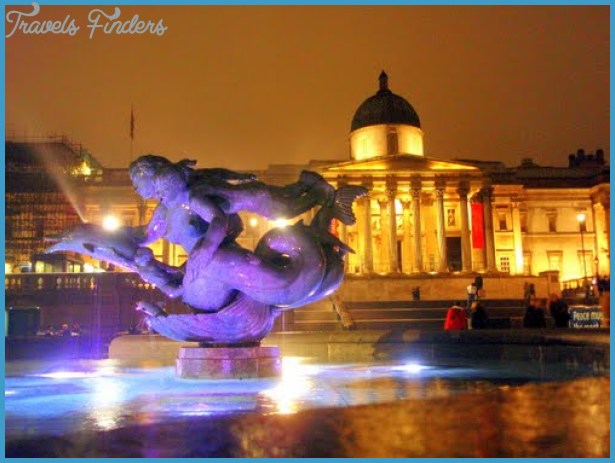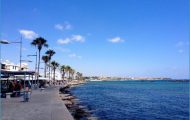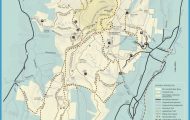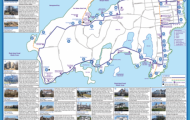HOLBORN AND CLERKENWELL
Squeezed between the capitalism of the City and the commercialism of the West End, Holborn is historically the home of two of the world’s least-loved professions lawyers and journalists.
INNS OF COURT. These venerable institutions house the chambers of practicing barristers and provide apprenticeships for law students. Most were founded in the 13th century when a royal decree barred the clergy from the courts, giving rise to a class of professional advocates. Most impressive of the four Inns is the illTemple, south of Fleet St. (Between Fleet St. Essex St. Victoria Embankment, and Temple Ave.Bou-vier St. Numerous passages lead from these streets into the Temple. Tube: Temple.) The 12th-century Temple Church is the finest round church in England. (Open W-Th llam-4pm, Sa 10am-2:30pm, Su 12:45-4pm. Free.) Shakespeare premiered Twelfth Night in front of Elizabeth I in Middle Temple Hall, whose large wooden dining table is made from the hatch of Sir Francis Drake’s Golden Hinde. According to Shakespeare’s Henry VI, the red-and-white flowers of the War of the Roses were plucked in Middle Temple Garden, south of the hall. (Garden open May-Sept. M-Fnoon-3pm. Free.)
II ST. ETHELDREDA’S. The mid-13th-century church of St. Etheldreda is the sole surviving edifice of its age in London, barely: The upper church was badly damaged in WWII. Inside, the surprisingly high ceiling swallows up the bustle of the streets, and the enormous stained-glass windows make this one of London’s most beautiful churches. (Ely PI. Tube: Farringdon. Open daily 7:30am-7pm. Free.)
SOMERSET HOUSE. A magnificent Palladian structure completed in 1790, Somerset House was London’s first intended office block. Originally home to the Royal Academy and the Royal Society, the building now harbors the magnificent HCour-tauld Institute (183). From mid-December to mid-January, the central Fountain Courtyard is iced over to make an open-air rink. (On the Strand. Tube: Charing Cross. Courtyard open daily 7:30am-llpm. Free. Tours Sa 1:30 and 3:45pm. £2.80.)
FLEET STREET. Named for the river (now underground) that flows from Hampstead to the Thames, Fleet Street’s association with publishing goes back to the days when Wyken de Worde relocated from Westminster to the precincts of St. Bride’s church, ever since known as “the printer’s cathedral.” Christopher Wren’s odd steeple is the original inspiration for the tiered wedding cake, invented by a local baker. (On SL Bride’s Ave. just off Fleet St. Tube: Temple. Open daily 8am-4:45pm. Free.)
ROYAL COURTS OF JUSTICE. This elaborate neo-Gothic structure easily mistaken for a cathedral straddles the official division between Westminster and the City of London; the courtrooms are open to the public during cases. (Where the Strand becomes Fleet St. Tube: Temple. Open M-F 9am-4:30pm. Cases start at 10am.)

